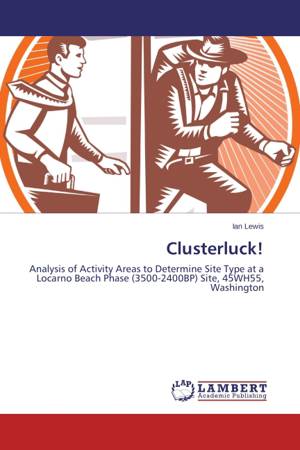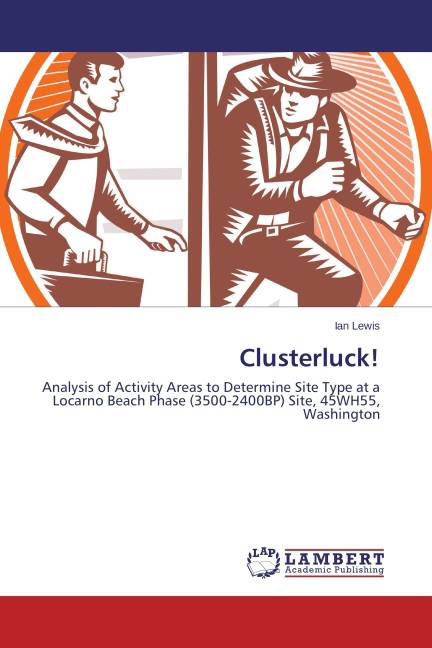
- Afhalen na 1 uur in een winkel met voorraad
- Gratis thuislevering in België vanaf € 30
- Ruim aanbod met 7 miljoen producten
- Afhalen na 1 uur in een winkel met voorraad
- Gratis thuislevering in België vanaf € 30
- Ruim aanbod met 7 miljoen producten
Zoeken
Clusterluck!
Analysis of Activity Areas to Determine Site Type at a Locarno Beach Phase (3500-2400BP) Site, 45WH55, Washington
Ian Lewis
Paperback | Engels
€ 75,45
+ 150 punten
Omschrijving
The Middle Pacific Period in the Gulf of Georgia region is divided into the Charles Culture (4500-3500 BP), the Locarno Beach Phase (3500-2400 BP), and the Marpole Phase (2400- 1500 BP). Current understanding of settlement and subsistence practices during the Locarno Beach Phase suggests a shift from forager to collector strategies and a site-type dichotomy of residential base camps and seasonal, limited-activity sites. Site 45WH55 is a prehistoric shell midden site with radiocarbon dates (2750-2450 BP) that place it in the latter half of the Locarno Beach Phase. Analysis of the 45WH55 artifact assemblages indicates that the site possesses multiple, distinct artifact clusters, the presence of which can be interpreted as representing multiple, unique activity areas. A pit-house feature is included in these activity areas. Based on the strategic location of the site to multiple ecological niches, and the spatial layout of the unique activity areas, it appears as if the habitation style does not fit the dichotomy of a residential base and seasonal, activity sites. Instead, the inhabitants could simply have favored a pattern of semi-permanent bases in ecologically packed areas.
Specificaties
Betrokkenen
- Auteur(s):
- Uitgeverij:
Inhoud
- Aantal bladzijden:
- 272
- Taal:
- Engels
Eigenschappen
- Productcode (EAN):
- 9783659578601
- Verschijningsdatum:
- 17/09/2014
- Uitvoering:
- Paperback
- Afmetingen:
- 150 mm x 220 mm
- Gewicht:
- 404 g

Alleen bij Standaard Boekhandel
+ 150 punten op je klantenkaart van Standaard Boekhandel
Beoordelingen
We publiceren alleen reviews die voldoen aan de voorwaarden voor reviews. Bekijk onze voorwaarden voor reviews.








